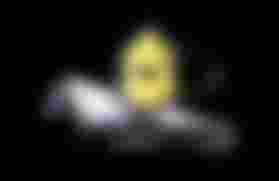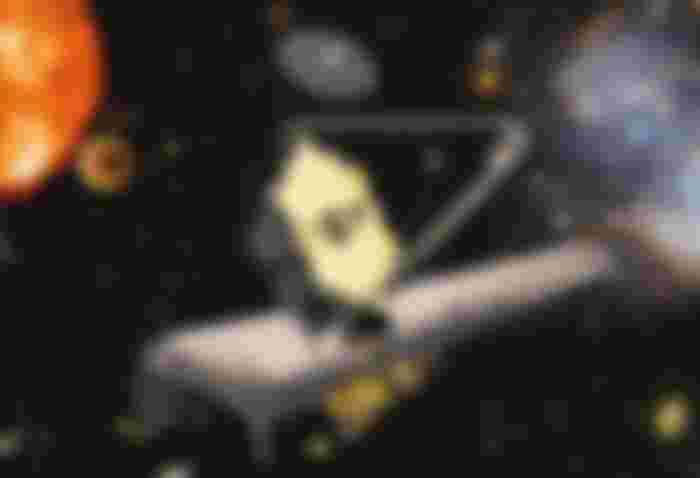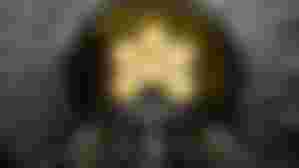The James Webb Space Telescope is the most powerful space observatory ever built and is now scheduled to be launched on January 1, 1400, after years of delay. This observatory can be considered an engineering miracle that can answer our basic questions about the universe and see about 13 billion years ago. In this article, get acquainted with five interesting facts about this mission.
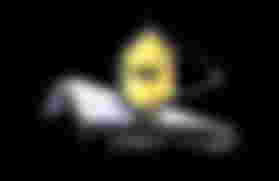
Large gold mirror
The main part of this telescope is its large primary mirror, which has a concave structure with a diameter of 6.5 meters and is made of 18 separate hexagonal pieces. These are pieces of beryllium mirrors that have a gold coating and are designed to receive infrared light from distant parts of the universe.
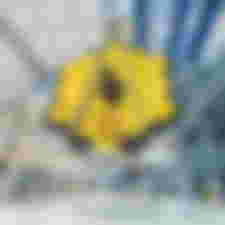
The observatory has four scientific instruments with which it fulfills two important purposes of this mission: imaging of cosmic objects and spectrometry. Spectrometry is the detection of light by cosmic objects that astronomers can use to study the physical and chemical properties of these objects.
Secondary mirror
The mirror and instruments of the observatory are protected by a sunscreen or sunshield, the size of a tennis court. The layers of this sunscreen are made of Capton insulation, which is known for its stability and thermal resistance in a wide heat range. Since the sunset side of the observatory heats up to 110 degrees Celsius and the temperature on the other side should drop to -237 degrees Celsius.

The telescope has a spacecraft bus that includes electrical, propulsion, communications, navigation, heating and data processing systems. All in all, despite all these systems, the James Webb Space Telescope weighs as much as a school bus.
One million kilometers of travel
The telescope is sent into orbit 1.5 million kilometers from Earth, which is about four times the distance between Earth and the Moon. Unlike Hubble, which orbits the earth, the Webb is supposed to orbit the sun.
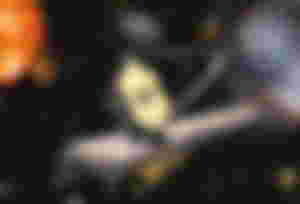
If we look at this telescope from the sun, this observatory is located just behind the earth and is always at night on our planet. The observatory's sunshade is always placed between the original mirror and the sun. It takes about a month for the Webb to reach this point in space, Lagrangian point 2. Astronomers have been sent to the Hubble Space Telescope several times to repair it, but the Webb is going to a place that no human has ever orbited.
Technological origami
Because the telescope is so large that no inventory rockets fit inside the cargo compartment, it must be folded like an origami so that engineers can launch it. Opening a telescope in space is the most challenging operation NASA has ever attempted.
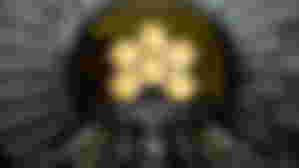
About half an hour after launch, the telescope antenna and its solar panel open to provide the connection between the telescope and the energy it needs. On the sixth day, when the observatory orbits the moon, it is time to open the sun visor. The thin layers of the sunshade open with a complex mechanism that includes 400 pulleys and 1312 feet of cable.
In the second week, the telescope mirrors open. When the mirror is in its final position, the coolers start working to prepare the scientific instrument for receiving the data. After six months, the telescope is finally ready.

The Webb has two important scientific missions that spend more than 50% of their Webb browsing time on these missions. The observatory first studies the early stages of the history of the universe and the first few hundred million years after the Big Bang. Webb astronomers can see the first stars and galaxies forming in the universe and observe their evolution over time.
In the second mission, the Webb finds extrasolar planets and assesses the possibility of life on these planets by examining their atmospheres. But the most important and interesting feature of the Webb is its ability to receive infrared wavelengths.

Unlike Hubble, which operates mostly in the ultraviolet and visible light wavelengths, the Webb receives its data in the infrared. Infrared wavelengths can easily pass through layers of cosmic dust and can see the early universe from behind cosmic dust layers.
In addition, infrared allows astronomers to travel through time in a phenomenon called redshift. Due to the expansion of the universe, the light of distant objects, when they reach us, stretches and is seen at a longer wavelength, towards the infrared wavelength.
In addition to its core missions, the Webb also monitors Jupiter objects such as Mars and Jupiter's moon, Europe.
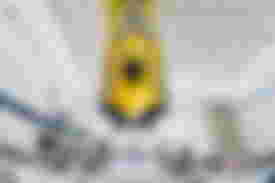
Astronomers have been building the telescope since the 1990s as a replacement for Hubble, but construction of the telescope itself began in 2004. The launch of the observatory has been delayed several times due to the complexity of the telescope.
This observatory is the result of years of efforts and cooperation of international institutions and cooperation of European and Canadian space agencies with NASA. More than 10,000 people have been involved in the project, which eventually reached a budget of nearly $ 10 billion. The useful life of this observatory is estimated to be about five years, but there are possibilities that it can serve the scientific community of the world for nearly 10 years or even more.
♤♡◇♧♤♡◇♧♤♡◇♧♤♡◇♧♤♡◇♧♤◇♡
Hope you like this article 🤗🤗
